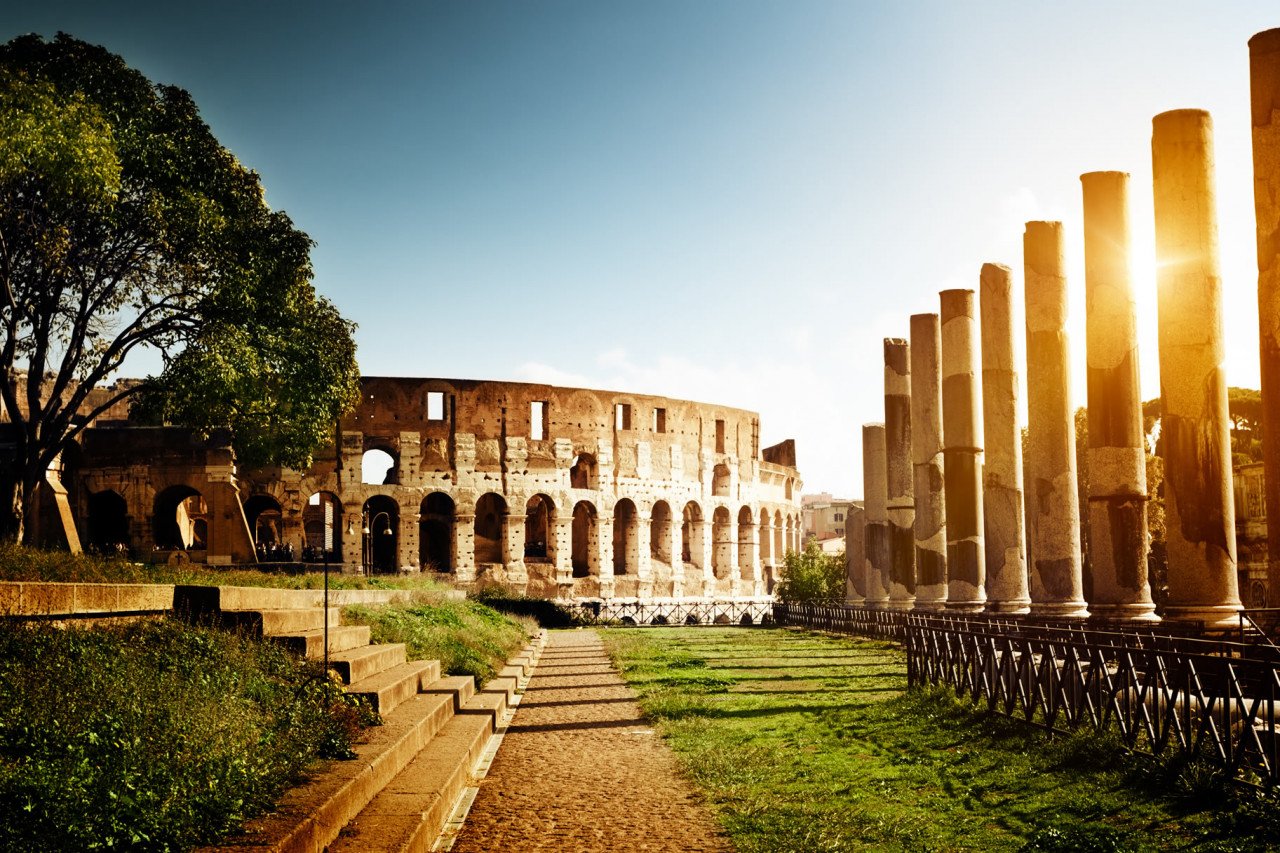Republic Day in 2025

Marks the referendum of 1946, which resulted in the creation of the Italian republic on June 2nd 1946.
When is Republic Day?
| Year | Dates |
|---|---|
| 2026 | |
| 2025 | |
| 2024 |
When is Republic Day?
Always celebrated on June 2nd. This is Italy's National Day.
Republic Day (Italian: Festa della Repubblica) marks the referendum of 1946, which resulted in the creation of the Italian republic.
History of Republic Day
Italy became a nation on March 17th 1861, when most of the states of the region and the two Sicilies were united under King Victor Emmanuel II, hitherto king of Sardinia.
The father of Italian unification was Count Camillo Benso di Cavour, the Chief Minister of Victor Emmanuel.
Rome stayed under the rule of the Papacy for nearly 10 years and became part of the Kingdom of Italy on September 20th 1870. This is the final date of Italian unification.
On June 2nd 1946, in a referendum on the monarchy, more than 12 million Italians voted in favour of the birth of the Italian Republic while electing the assembly that would draft the new Constitution, which would come into force on January 1st 1948. It was announced on June 10th 1946 and on June 18th the Court of Cassation, after 85 years of rule, sanctioned the birth of the Italian Republic.
Male members of the royal family were sent into exile because of their association with the fascist regime and were only allowed to return to their country in 2002. Italy's constitution now forbids a monarchy to ever rule again.
Declared a National Holiday in 1949, the first ceremonial was held in 1948 and included the military review of the armed forces in honour of the republic by the President of the Italian Republic. The event took place in Piazza Venezia, in front of the Vittoriano.
In 1977, the national holiday was moved to the first Sunday in June, for economic reasons to avoid the holiday having a negative effect on working hours. It stayed on the Sunday until 1999, when June 2nd was made the official date.
Italy before 1870
Italy may have only been a united country since 1870, but Italy as a region has shaped the cultural and social development of the whole Mediterranean area since prehistoric times.
Important cultures and civilisations have existed there, and archaeological sites of note can be found in many regions. After Magna Graecia, the Etruscan civilization and notably the Roman Empire that dominated this part of the world for many centuries, Italy was central to European philosophy, science and art during the Middle Ages and the Renaissance.
The name Italy (Italia) is an ancient name for the country and people of Southern Italy. The name Italia means "Land of Cattle Calves or Veal".
Coins bearing the name Italy were minted by an alliance of Italic tribes (Sabines, Samnites, Umbrians and other) competing with Rome in the first century B.C.
By the time of emperor Augustus approximately the present territory of Italy was included in Italia as the central unit of the Empire; Cisalpine Gaul, the Upper Po valley, for example, was appended in 42 B.C. Since then, "Italy" or "Italian" has been the collective name for diverse states appearing on the peninsula and their overseas properties.
How is Republic Day Celebrated?
On Republic Day, Italy's president lays a wreath on the Tomb of the Unknown Soldier at the Altare della Patria in Rome. This is followed by a large military parade along Via dei Fori Imperiali.
A highlight of the day is the flyover by the Frecce Tricolori when nine Italian Air Force aircraft soar overhead the parade sending streaks of green, white, and red smoke into the sky.
It is a tradition for members of the Italian Government and the Presidents of both Houses of Parliament to have a Tricolor Italian cockade pinned to their jackets throughout the ceremony.
The traditional protocol also provides for the celebrations to continue in the afternoon with the opening to the public of the Gardens of the Quirinale Palace, the seat of the Presidency of the Italian Republic, with concerts by the bands of the Italian Army, the Italian Navy, the Italian Air Force, the Carabinieri, the State Police, the Guardia di Finanza, the Prison Police, the State Forestry Corps.
On the day of the feast, the Changing of the Guard is solemnly performed at the Quirinale Palace with the Corazzieri Regiment and the Fanfare of the IV Carabinieri Regiment on horseback in full uniform.
Official ceremonies are held all over the country, in Region and municipalities, all over the world, the Italian Embassies organize ceremonies to which the Heads of State of the host country are invited.
On June 2nd, public offices, schools and many shops are closed.
